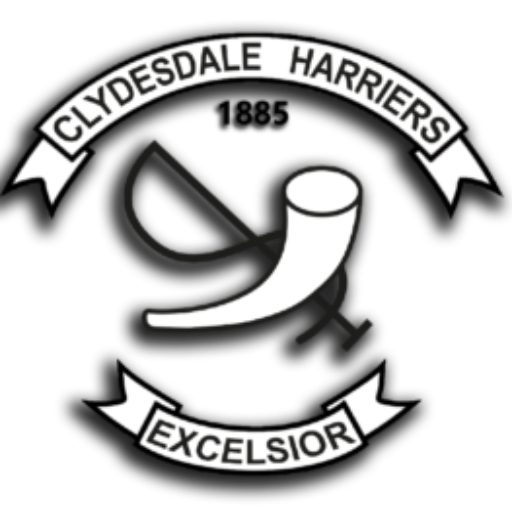There are some things that all track runners should know when planning their season and the individual sessions contained in it. If we start with the warm-up the general principal is to go from the slower to the faster. ie start with a jog over two or three or four laps of the track and finish it with the brisk strides before the actual training starts.
If the coach asks his athletes before they begin “What is the most important part of the body for a runner?” the chances are that he will get answers like ‘the heart’ or ‘the lungs’ when a better answer would be the ankles. The running action of every runner, whatever his distance, goes through his ankles. The Achilles tendon injury is notorious as far as injuries go. That is why many coaches of young athletes start with asking their charges to walk for twenty or twenty five yards on their toes three or four times, the same distance on the outside of the foot, and on the heels. Older runners can raise and lower themselves with the ball of the feet on the raised inside rim of the track. Then come the well known stretching exercises that all track runners follow although some very well known coaches such as John Anderson (who has worked with over 150 GB athletes he tells us) says that we only need to stretch the muscles that we will actually use during the session. Finally there are the fast strides – gentle build up to a fast comfortable run over another 30 or 40 yards with a gentle slow down at the end. They can be used to emphasise particular parts of the running action. On one or two run-throughs emphasise the arm action, on another couple practice the slightly higher knee action and so on.
Other work that can be done as part of the warm up involves the runners lying on their back, head to the line and on command springing to their feet and racing over 15 or 20 yards; then another couple starting from lying on their stomach, etc. You’re looking for reaction time.
Relay baton passing practice can be part of a session or can be an entire session. It’s an enjoyable session in its own right – three pairs of runners working at say the first changeover station. One runner comes in fast, ie racing speed and when he reaches the 10 metres to the changeover zone, his team mate starts to go and when the incoming runner is close enough he shouts out “Hand”, his mate puts his/her hand back and the baton is passed with the outgoing runner covering only about 20 yards or so with the baton before slowing. Several changes, and the the runners change round and more practice is gained. The varying of who passes to whom and which pairs work best together are vital information to the team manager when he has to select a team and a running order.
Selection of the team? Not all legs of a relay are the same distance. From the start to the first changeover, and the last leg are the shortest in the 4 x 100; the two middle stages are the longest so it makes sense to many sprint relay coaches to put the fastest men second and third. Other factors might demand otherwise but the two strongest runners covering 220 or more metres out of 400 is a good starting point and that particular pairing should get a lot of practice. Relay practice is not just for the Thursday before the meeting.
Any comments, questions, complaints and arguments on the club forum are welcome!
